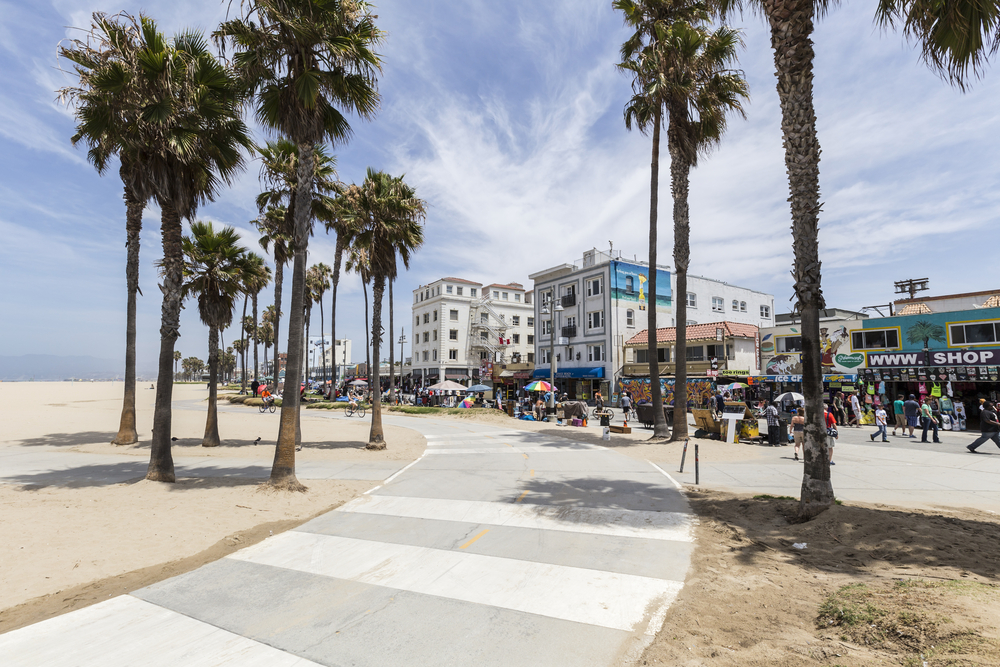Measure HLA Poised to Pass

Measure HLA is poised to pass after achieving a margin that is unlikely to change with the remaining ballots.
It requires the city complete planned improvements from its Mobility Plan 2035 each time it makes other street upgrades.
A late opposition campaign from the firefighters union was not enough to prevent this measure's passage.
Background
In 2015, the Los Angeles City Council passed Mobility Plan 2035, which promised to upgrade over 2,500 miles of LA streets.
The measure aimed to improve the following:
- Bike Enhanced Network
- Bike Lane Network
- Neighborhood Enhanced Network
- Pedestrian Enhanced District
- Transit Enhanced Network
- Vehicle Enhanced Network
According to a progress report from the City of Los Angeles, 76% of the 173 planned programs have either been completed or are being implemented.
However, the group behind Measure HLA, Healthy Streets LA, argues that the city has only completed 5% of programs and is costing the city lives. The group states that at the city’s current pace, it would take 160 years to implement the proposed improvements.
Healthy Streets LA cites Los Angeles' large number of vehicular deaths as a main reason why Measure HLA should be passed. In 2023, there were over 330 traffic deaths, the most in more than two decades.
What Does Measure HLA Do?
In short, Measure HLA requires the City of Los Angeles to carry out the improvements that were promised in Mobility Plan 2035.
Measure HLA would mandate that the city provide an open data portal where Los Angeles residents can access the progress and implementation of changes to city streets. Second, it allows residents to sue the city for not following HLA rules and be awarded the litigation money.
While proponents argue that Measure HLA would make Angelenos safer, opponents argue that it will only increase traffic and force residents on “buses and bikes.”
How Does Measure HLA Impact You?
The safety of Los Angeles streets is important to not only residents but properties as well. The safety of sidewalks and roads can generate higher foot traffic to retail areas and other businesses.
In addition, with Metro expanding its services to prepare for the 2026 World Cup and the 2028 Summer Olympics, more residents will likely begin to use public transportation than ever before. Thus, more people will be walking the streets of Los Angeles without the use of a car, getting them from Point A to Point B.
It appears that LA voters decided that this measure is the best path forward to achieve a new vision for mobility.
Keep up with BOMA on the Frontline for the latest news in the Greater Los Angeles area.


